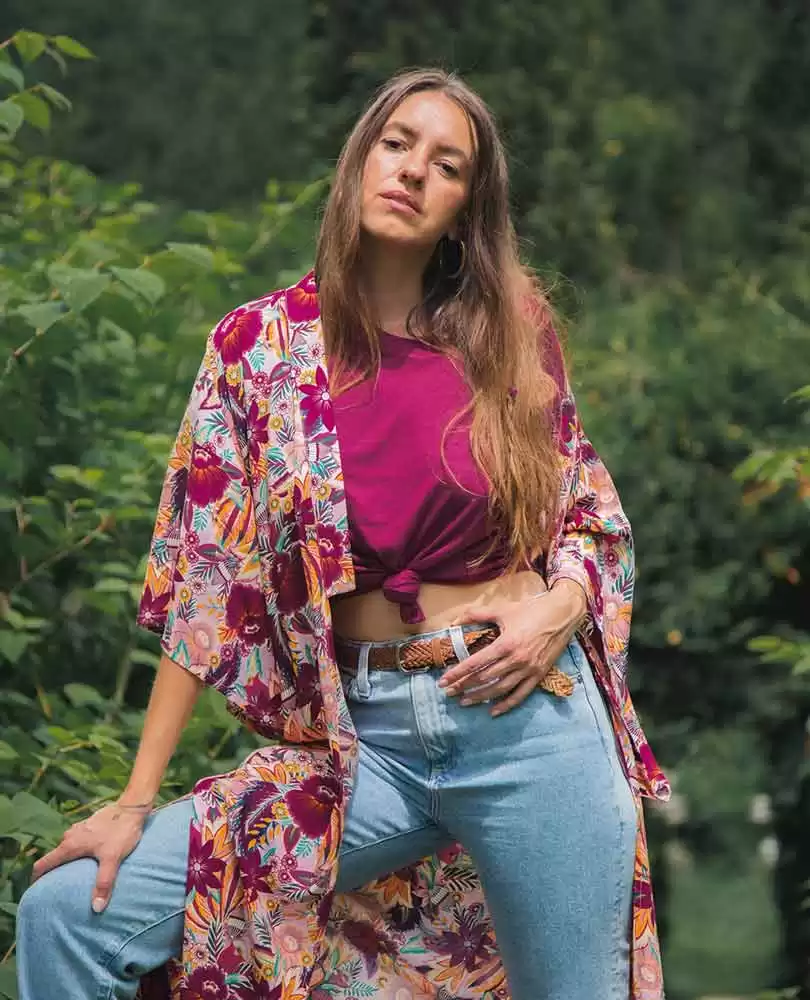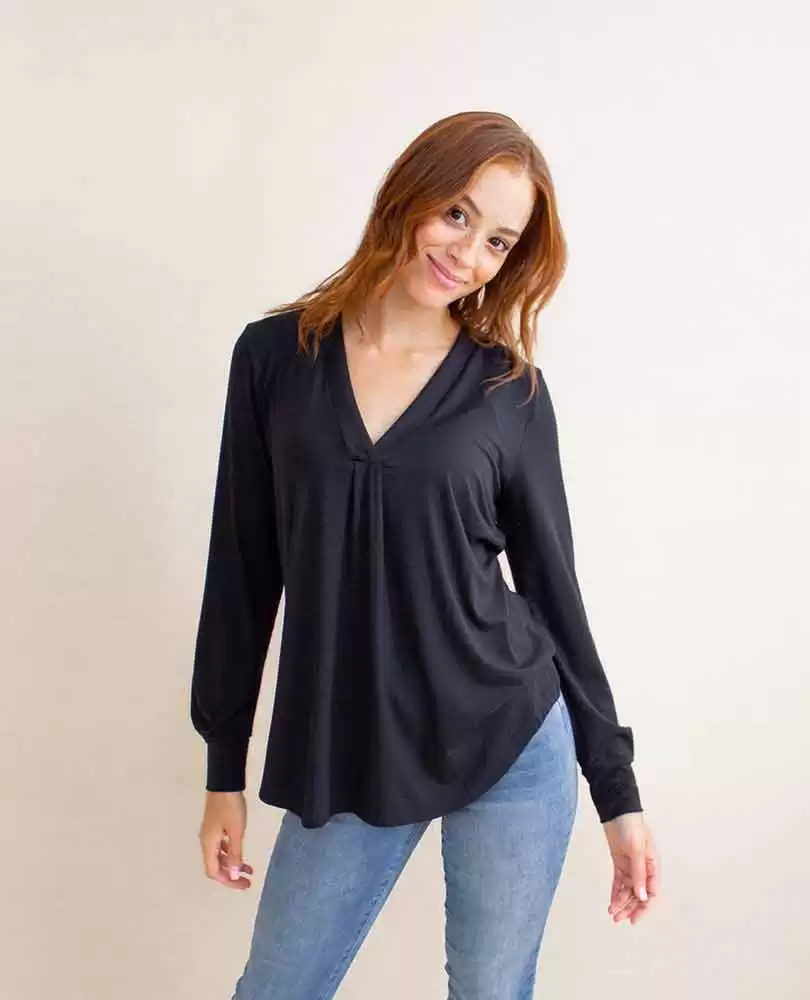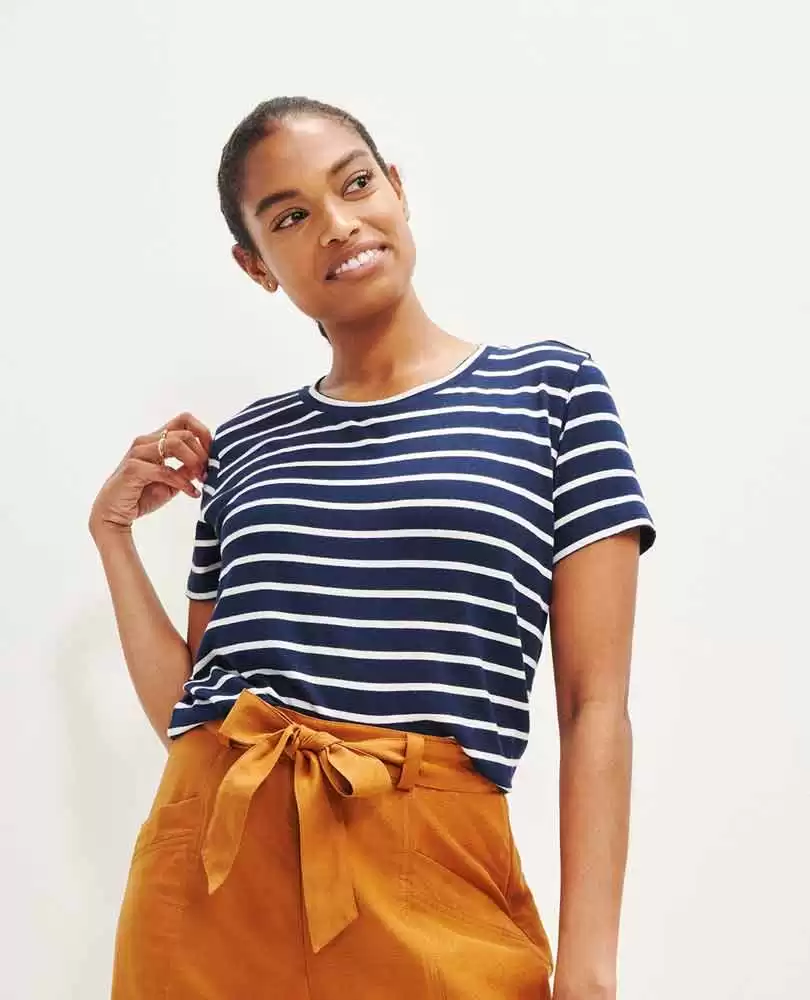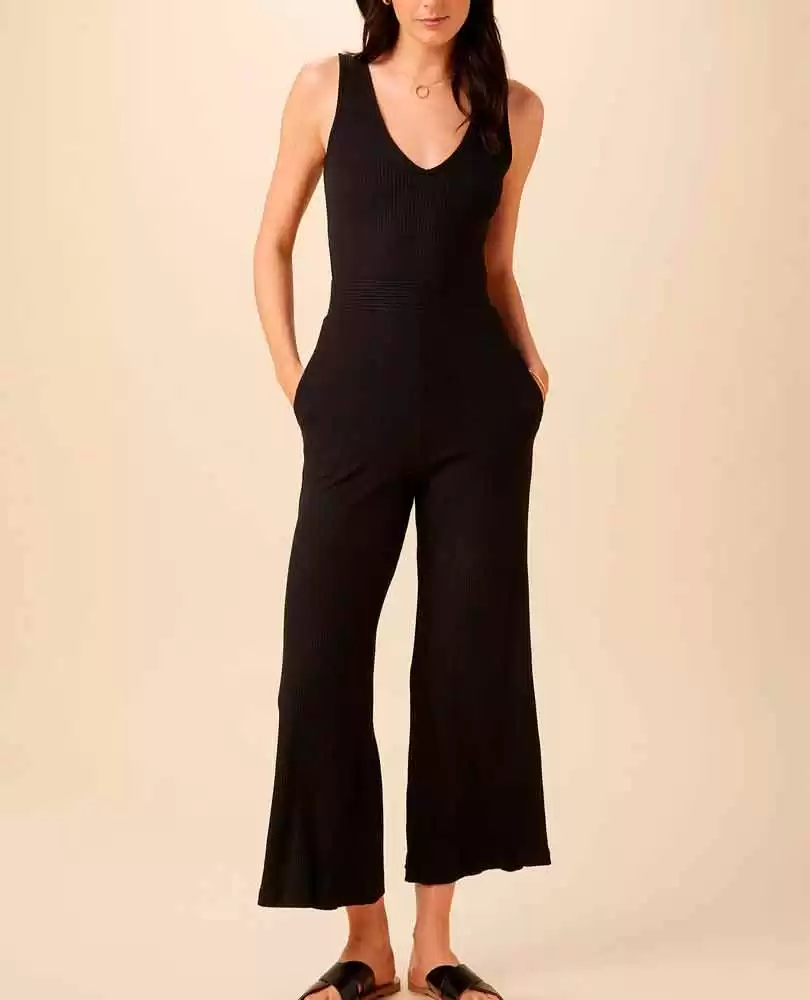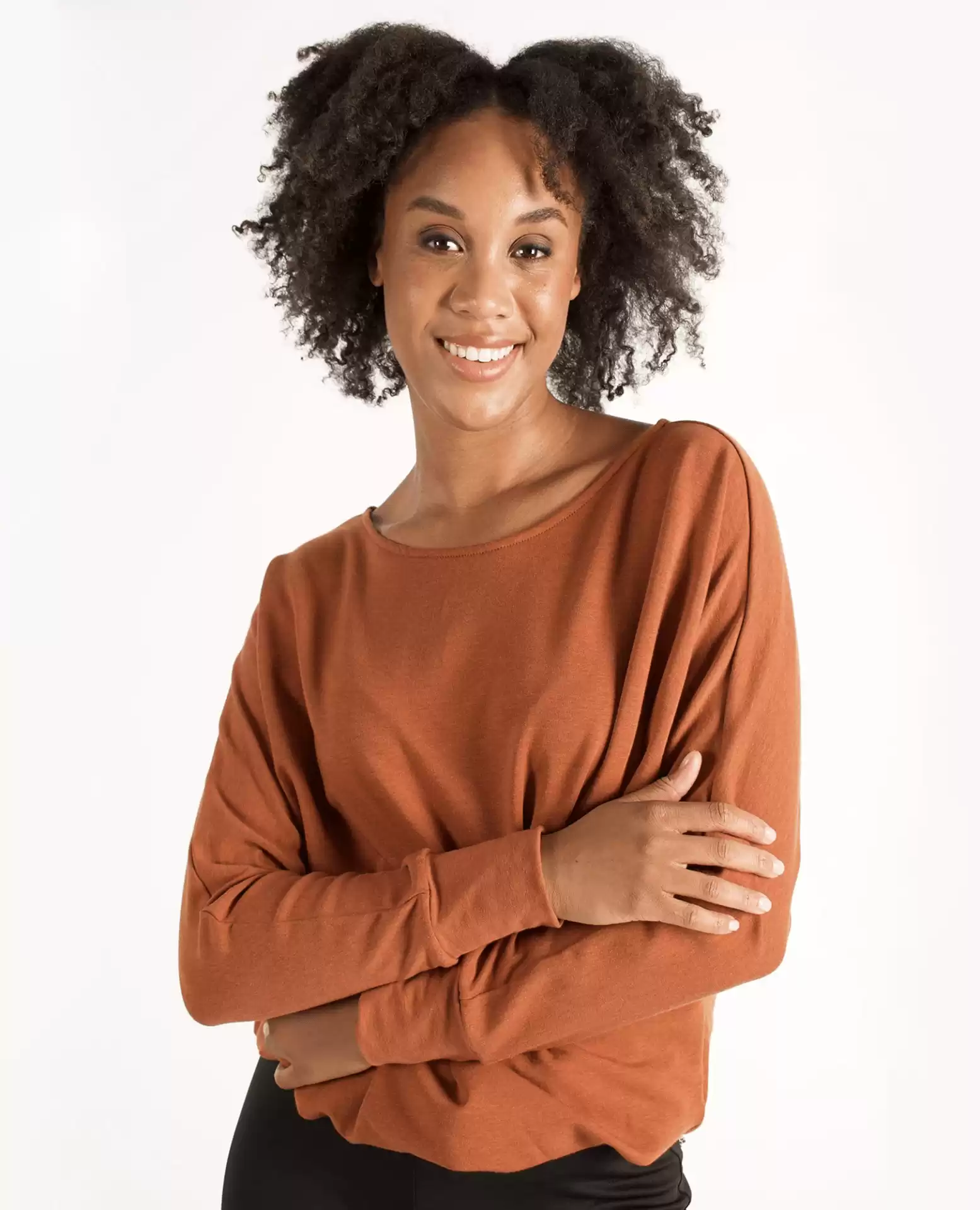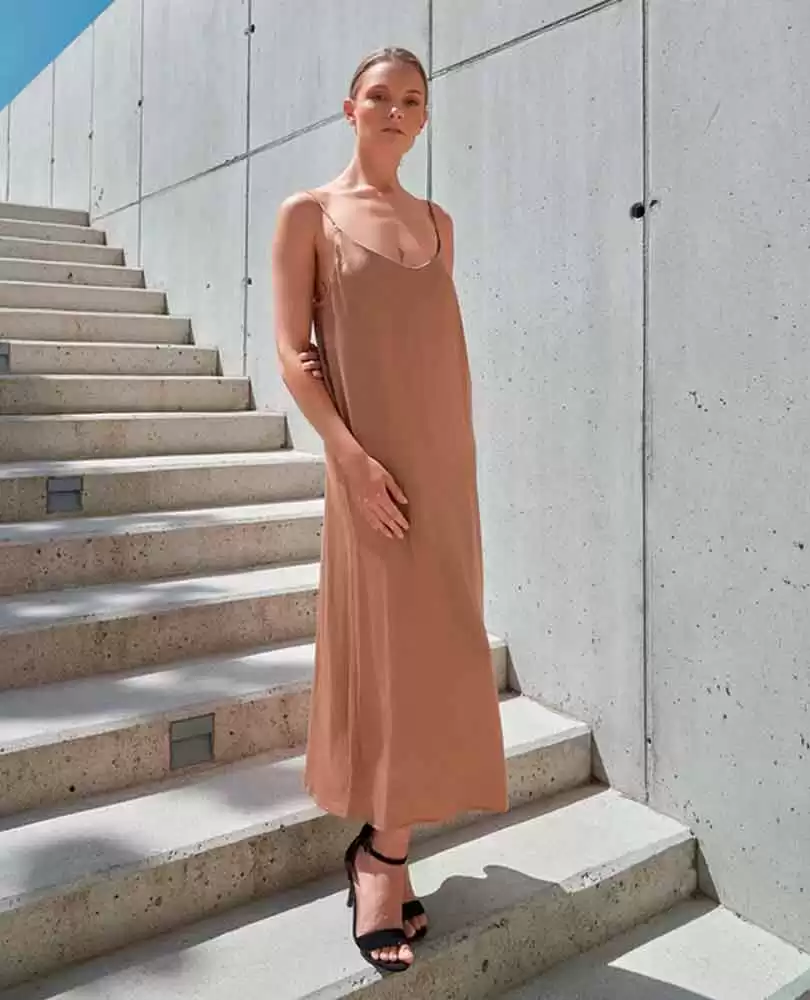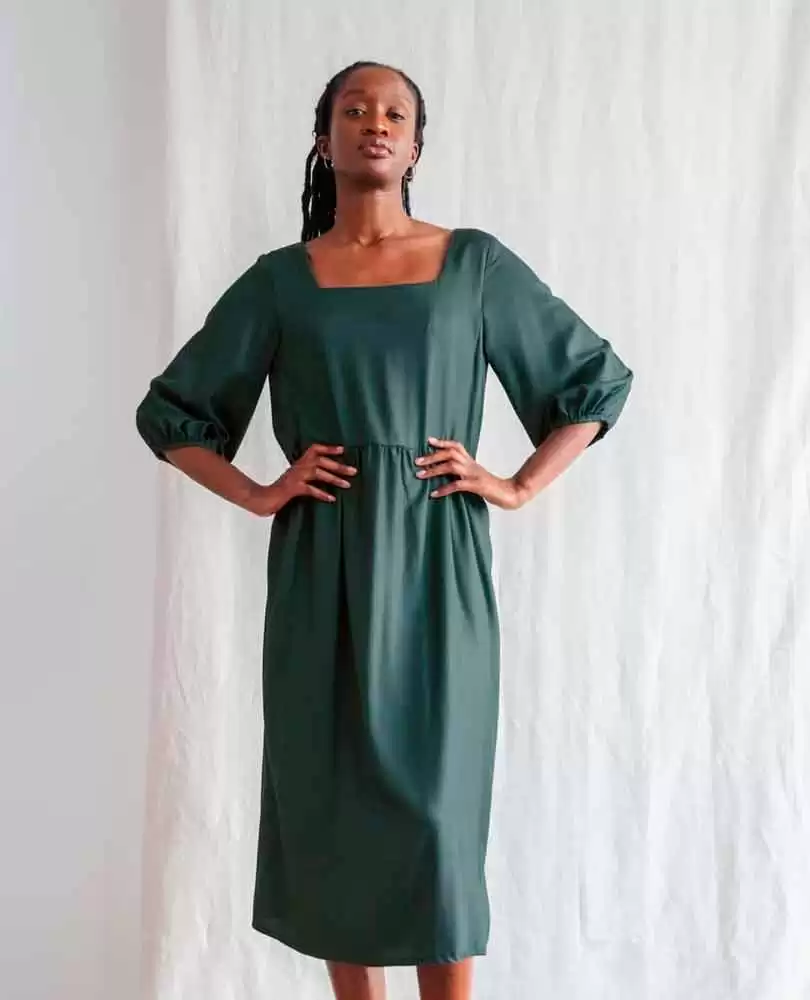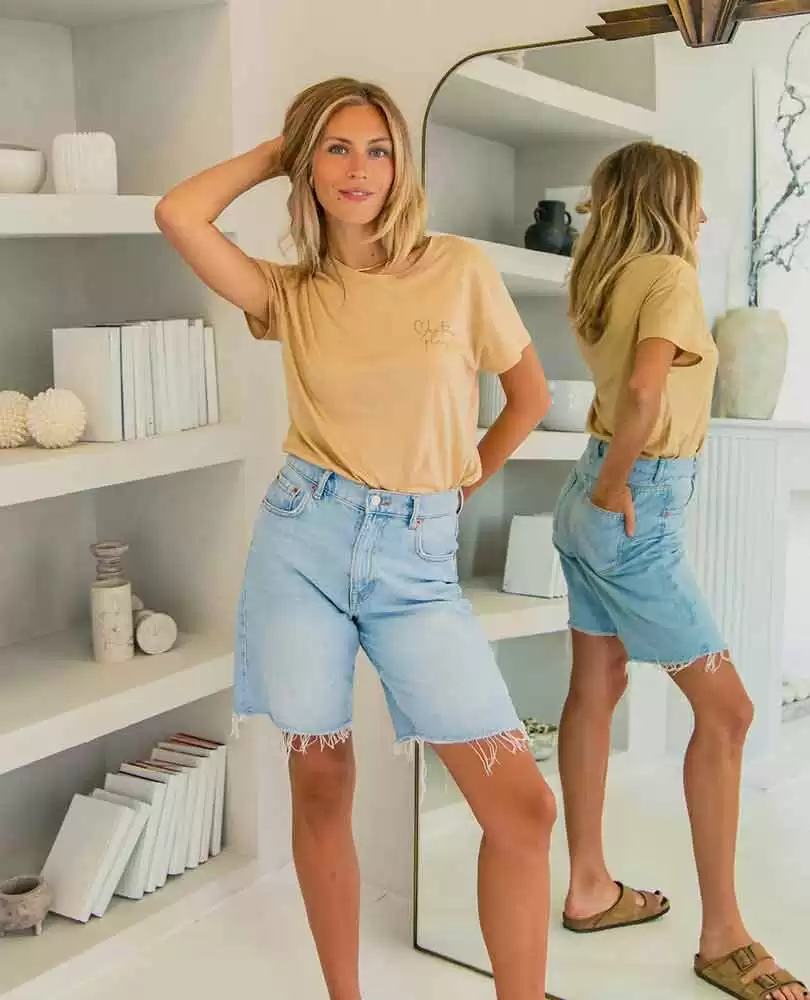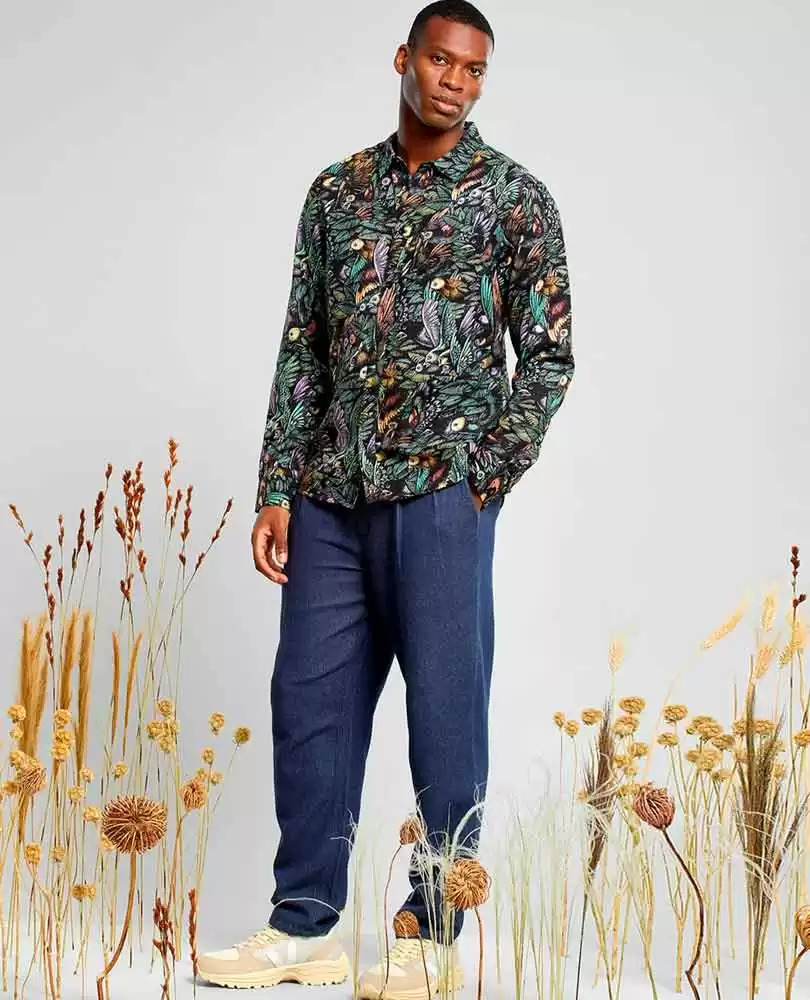30 Sep What is modal fabric and can it be sustainable?
Modal is a semi-synthetic fibre which is soft, comfortable, breathable, and is a great moisture absorbing material. Modal is wear resistant and can be machine washed and tumble dried without shrinking. No wonder why many sustainable brands use modal in their lingerie and activewear products as an eco-friendly alternative to viscose.
Modal was first developed in Japan in 1951 with a desire to create a stronger version of traditional rayon. Modal is not an inherently sustainable fabric, and here are two main problems it has been facing. Similarly to viscose, modal production puts native forest at risk when sourcing wood. The second problem is the chemicals used during modal production. Many modal producers use a wide range of polluting chemicals and heavy metals and harvest not sustainable cellulose.
How to buy modal sustainably?
Can modal fabric be more sustainable? Yes, it can if it is sourced from renewable forests and the chemical processing is done following the highest quality standards. In 1964, the Austrian company Lenzing AG started producing their sustainable version of modal. TENCEL™ Modal (previously called Lenzing Modal) is made from sustainably harvested beech trees and the company uses an environmentally friendly method of pulp bleaching. The environmental footprint of TENCEL™ Modal is actually quite a positive one. It is carbon-neutral, requires less land than cotton fibres, and consumes ten to twenty times less water than cotton.
Here is a short video from Lenzing Group on TENCEL™ Modal production.
Video credit: Lenzing Group on YouTube
See our gallery of garments made from TENCEL™ Modal.


